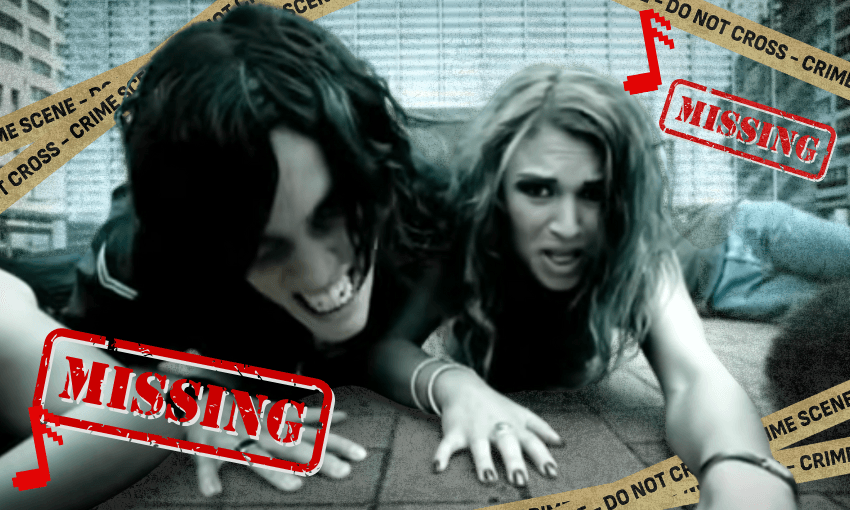Blockbuster movies like Avatar 2 advance the use of existing technologies and lead to the development of new ones. But what else can that tech then be used for?
Electric Blue
For decades we went without the colour blue, so far as LED technologies are concerned. The small light emitting diodes that achieve immense brightness with very little electricity were only available at the lower end of the colour spectrum in red and green. This presented an outstanding problem in engineering because the production of white light requires the mix of both red, green and blue emissions (RGB).
Many attempts at blue LED light were attempted and abandoned, across continents and fields of study and about three decades from the 1960s onwards. In 1993 the world saw electric blue for the first time as a cohort of independent Japanese scientists and engineers perfected the application of Gallium Nitride (GaN) semiconductors in LED manufacture, the world finally appeared in its full spectrum of colour.
The achievement of the colour blue means that the device you are now reading from is able to operate. Blue LED lives in your household lighting, appliances, your car, e-bike, etc. but more importantly in the architectures of the technology that produce those objects. Every high grade digital camera depends on this LED cornerstone, and if you saw Avatar 2: The Way of Water at the cinema it was in your projector. The early life of blue LED was expensive and extremely difficult, but techniques and workflows in its production spread and efficiencies were found and now it literally surrounds us.
In 2014, the three Japanese civilians who contributed the most to the development of blue LED were awarded The Nobel Prize in Physics on the basis that the widespread manufacture of LED light would massively reduce global energy consumption – an ongoing challenge for engineering.
Out of the water
James Cameron began studying physics in 1973, but left the following year. After seeing Star Wars in 1977, he decided to enter the film industry and soon found roles as a model-maker, special effects technician and designer, and eventually wrote and directed a killer robot film called The Terminator.
Cameron’s career goes: Killer robots, killer aliens, nice ocean aliens, super spy, sinking boat, nice aliens and nice ocean aliens again. It’s not the most refined material. But viewed as a technician and problem-solver his contributions to technology move beyond film and into the particles of our daily lives.
The engineers of the blue LED light doggedly pursued the idea that the diode was achievable, and having confirmed its possibility, developed efficiencies in their workflow and manufacture to make that allowed the technology to spread. So went Cameron when he began using CGI techniques in the 1980s. A renowned perfectionist (see: jerk) to work with, his very precise ideas of what he wants his pictures to look like drive the novel use of existing tech and the development of new ones.
Attracting massive budgets with blockbuster premises, Cameron’s work pours resources into 3D-modelling, motion capture, digital image recording, data transfer workflows, cinema projection, sound technology design, optical polarisation. The agglomerated effect of these uses finds its way into the image-making industries as a whole and even into your smartphone. If you’ve ever used a selfie filter, that’s motion capture technology. Seen a film since 2012? That was shot on a digital camera. Enjoyed a prestige film or series like Portrait of a Lady on Fire or Netflix’s The Crown? Each of them uses image technologies that have been developed through works like Avatar.
Perhaps the best example of applied film technology affecting real-world sciences is James Cameron’s 11km descent into the Mariana Trench, an incredible oceanographic exercise where every image offers valuable scientific data.
Into the drink
Fantastic stuff, all of it. An ecstasy of connection between arts and sciences. But where arts of any quality remain a humane enterprise, the advancement of technology is ambiguous if not neutral.
We’ll recall that blue LEDs rely on the semiconductive properties Gallium Nitride (GaN). Well, almost immediately after the the efficiencies of GaN were proven, advanced development of the material was pushed by military application. The foundations of the technology that can reduce global electricity consumption were redirected into missile targeting systems.
As for CGI, advanced computing technologies and 3D image simulation have a symbiotic relationship with military application – we could start with Alan Turing’s wartime work at Bletchley and continue through to the use of XBox controllers to pilot killer drones (a real thing). Video games named as simulations have been used in military training since the first Gulf War.
As a fictional narrative, Avatar 2: The Way of Water gives us images of an alien race (cobbled together from various real-world indigenes), defending themselves against an extractive colonial-military force. As a fantasy it offers a disconnection from the overbearing connection of technology and militarism, and a kind of ecstatic and uncomplicated relationship with nature. That former disconnection seems to be the stronger fantasy.


